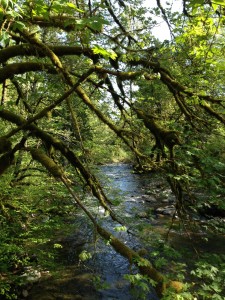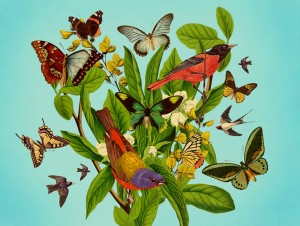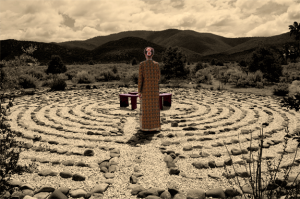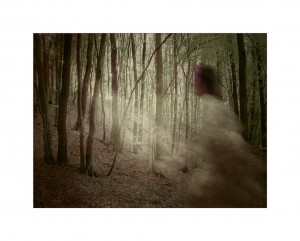 We had the Sunday Introduction to Meditation Class at Yoga Bliss today. We continued working with the four foundations of mindfulness inspired by the teachings in B. Alan Wallace’s Minding Closely: The Four Applications of Mindfulness. Alan suggests that this style of meditation can be useful in enhancing creativity and everyday problem solving. It’s difficult to find innovative solutions or creative insights when you’re stuck in habitual ways of thinking. He writes:
We had the Sunday Introduction to Meditation Class at Yoga Bliss today. We continued working with the four foundations of mindfulness inspired by the teachings in B. Alan Wallace’s Minding Closely: The Four Applications of Mindfulness. Alan suggests that this style of meditation can be useful in enhancing creativity and everyday problem solving. It’s difficult to find innovative solutions or creative insights when you’re stuck in habitual ways of thinking. He writes:
By dropping the problem, we don’t forget that a solution is needed. When the mind melts into fluidity . . . [one experiences] a deep spacious mode of awareness in which connections are formed more easily. A solution often comes to mind in a spark of insight.
We centered practice around the experience of being still, awake and relaxed. We created a spaciousness in which all experience could flow through awareness. It was like opening a window through which pure being could emerge. As in yoga we were in a posture of allowing. Continue reading









